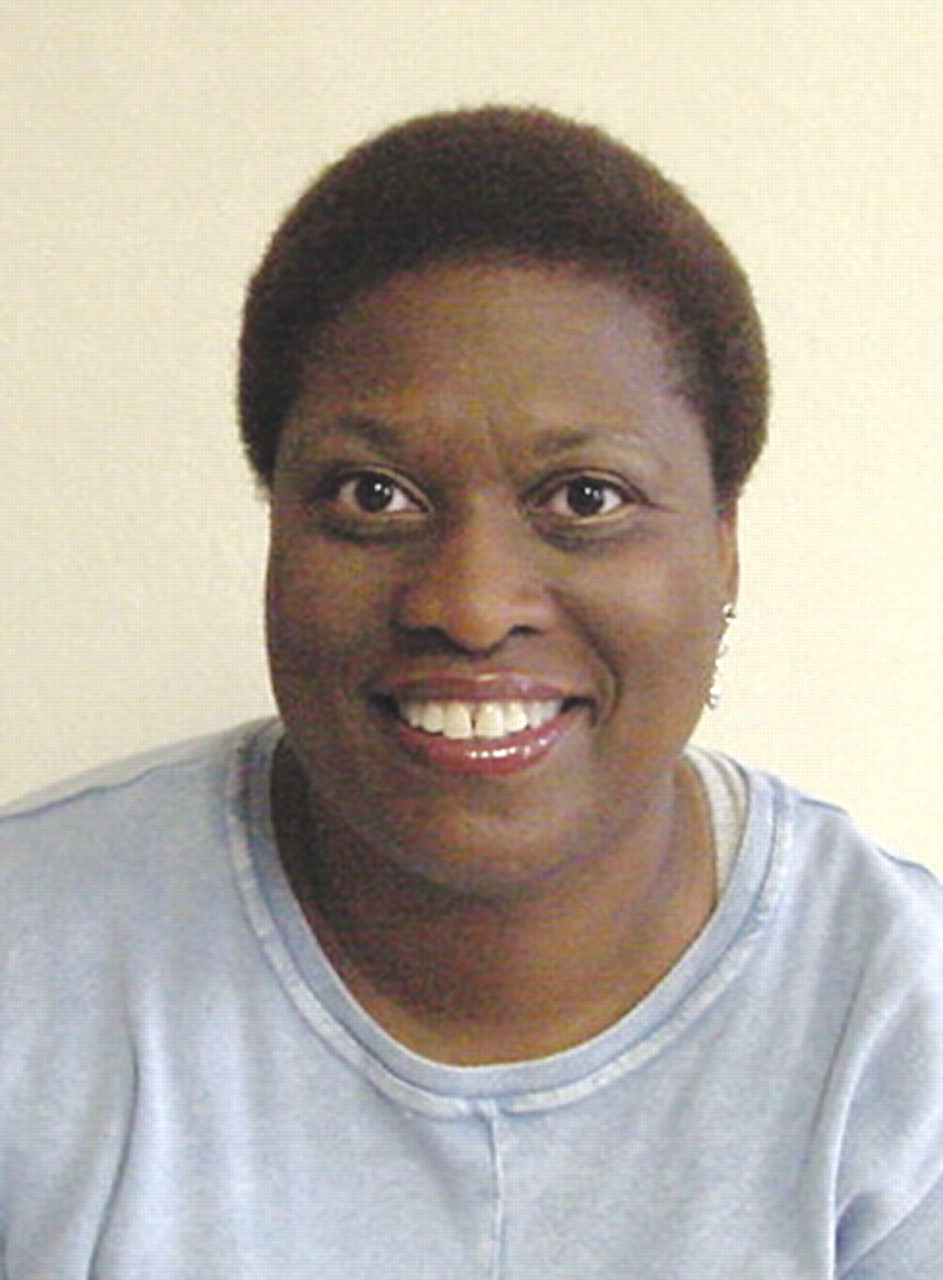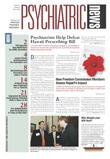Charlotte N. P. Hutton, M.D., had a plan. Hutton was ready for a new professional challenge and a warm climate after 15 years of training and working as a psychiatrist in Massachusetts. She looked at several southern cities and found the ideal spot to continue her career, starting work as the associate clinical director at the New Orleans Adolescent Hospital (NOAH) on June 1 of last year. Life appeared to be falling into place.
Then, on August 27, she left town, courtesy of the impending Hurricane Katrina.
“Katrina brought a stronger opportunity than I anticipated,” she said.
That opportunity took her first to Greenwell Springs State Hospital outside Baton Rouge for eight days, before she ended up working at a state mental health hospital outside Jackson, La., with other NOAH staffers, three child psychiatry residents, nurses, physician assistants, social workers, an occupational therapist, and her boss, clinical director Martin Drell, M.D. Despite the unexpected change in venue, Hutton continued to supervise the residents. She's an assistant professor of child and adolescent psychiatry at Louisiana State University as well.
Staff members were not allowed to return home for weeks, so Hutton began working outside Baton Rouge in rural Ascension Parish. She set up school-based outpatient services for children affected by the storm and saw adults in the morning and children in the afternoon after school.
From her new patients, Hutton heard the by-now-familiar stories of escape from New Orleans: people worrying about relatives with whom they had lost touch in the storm, a woman who sat on a rooftop for five days with her child, a psychotic mother who accidentally dropped her son into the water as she was be lifted into a helicopter (he was rescued).
She saw signs of resiliency too: Eighty-year-olds ready to rip out the damaged dry-wall in their houses, people in shelters eager for day work to get the money to start back to a normal life, a woman who took her first earnings to buy a pink armchair to give her spot in the shelter a touch of home.
“It makes you indefatigable, to understand that they wanted structure, stability, and self-reliance,” she said.
For her work after the storm, Hutton was named a Hero of Healing in February by the Katrina Mental Health Coalition. The coalition includes organizations such as APA, the Black Psychiatrists of America, and the National Medical Association. Fellow APA member Henry McCurtis, M.D., of New York also received the same award for his volunteer efforts in Louisiana.
The Heroes of Healing citation reads in part, “Dr. Hutton has used her skills by helping people of all ages with their mental health needs on the front lines... .She has helped to resurrect the mental health infrastructure in New Orleans by establishing two new mental health clinics to help people returning to New Orleans cope with the stress of Hurricane Katrina.”
Hutton grew up in a family that embodied the resistance to the barriers faced by African Americans in the 20th century. Her mother was orphaned in the 1930s but persevered to become the first black social worker in Troy, N.Y. Her father grew up in rural Mississippi and served in one of the few black units during World War II in the then-segregated U.S. Marine Corps.
Hutton's father wanted her to become a teacher, but an encounter with an emotionally disturbed classmate set her on the path to medicine and psychiatry, she recalled recently. She graduated from Spelman College in Atlanta and went to medical school at George Washington University. Residency at Boston University followed, and then two years as a child psychiatry fellow at Children's Hospital Medical Center in Boston. Before moving to New Orleans, she served for over four years as an assistant professor of child and adolescent psychiatry and associate medical director at the University of Massachusetts/Memorial Medical Center at Westborough State Hospital.
“I'd lived long enough in the cold, and I wanted to care for the poor,” she explained. At NOAH, she supervised five community mental heath centers in New Orleans and surrounding parishes.
“Charlotte wanted to test her administrative wings and take a job with increased responsibility, so we asked her to take care of community services,” said Drell in an interview. “She's certainly dedicated to quality services to youth. She has an ideal for the system, and she's constantly testing to see what does or doesn't work.”
Her work at NOAH brought home the fact that psychiatric illness was often compounded by illiteracy and other problems, so she has developed cooperative arrangements with the social workers or educators on the staff and in the community.
“It's hard to strengthen patients' self-confidence,” she said.“ But if they can't figure out how to get to school, how can they prepare for work and life?”
Among the poor, she believes, stressors are more life threatening and make it harder to recognize their own ability to change. She had her own brush with stress and insight when she underwent surgery and chemotherapy for breast cancer 10 years ago, the third member of her family to have that diagnosis before the age of 50.
“It did give me perspective,” she said. “It takes the `oughts,' `shoulds,' and `have tos' out of life. I learned that I don't have to achieve something in an interaction with another person—just that the interaction exists. All you have are those moments.
“I didn't have to prove anything as a physician anymore. I could feel vulnerable. Having been so helpless and tolerating helplessness also helped me tolerate the patients' helplessness.”
Today, she, Drell, and others are trying to bring NOAH back from its near-terminal state. The hospital stands on high ground, so it had little storm damage, but it has suffered from the drastic state budget cuts imposed after Katrina. For the last several months she and Drell have been working to educate state and local officials about the need to keep NOAH open. Some hopeful signs have appeared lately, but there's still no final decision. Whatever happens, Hutton will remain, in Drell's words, “a vociferous advocate for what she thinks is right for kids, parents, and caregivers.” ▪

